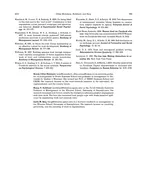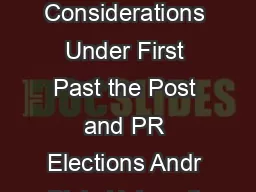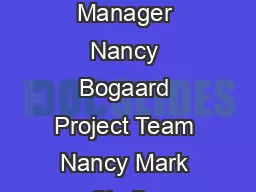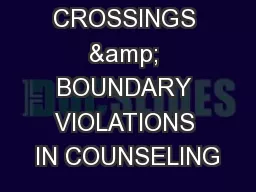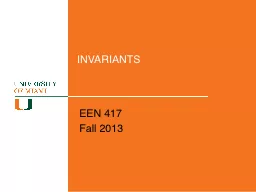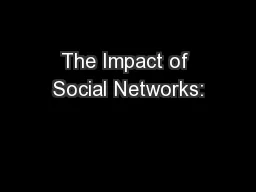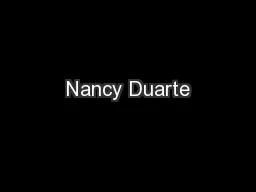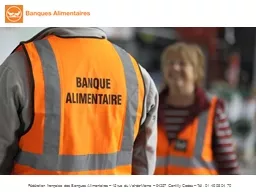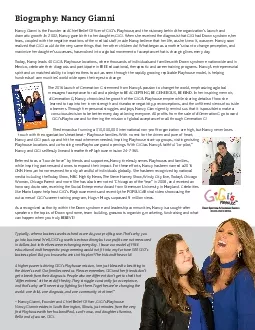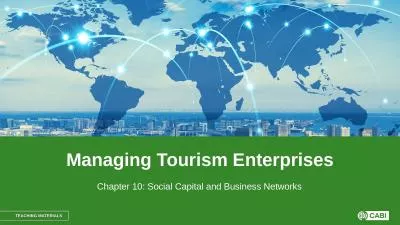PDF-WHEN WORLDS COLLIDE IN CYBERSPACE HOW BOUNDARY WORK IN ONLINE SOCIAL NETWORKS IMPACTS
Author : jane-oiler | Published Date : 2015-03-07
ROTHBARD JUSTIN M BERG University of Pennsylvania As employees increasingly interact with their professional contacts in online social networks that are personal
Presentation Embed Code
Download Presentation
Download Presentation The PPT/PDF document "WHEN WORLDS COLLIDE IN CYBERSPACE HOW BO..." is the property of its rightful owner. Permission is granted to download and print the materials on this website for personal, non-commercial use only, and to display it on your personal computer provided you do not modify the materials and that you retain all copyright notices contained in the materials. By downloading content from our website, you accept the terms of this agreement.
WHEN WORLDS COLLIDE IN CYBERSPACE HOW BOUNDARY WORK IN ONLINE SOCIAL NETWORKS IMPACTS: Transcript
Download Rules Of Document
"WHEN WORLDS COLLIDE IN CYBERSPACE HOW BOUNDARY WORK IN ONLINE SOCIAL NETWORKS IMPACTS"The content belongs to its owner. You may download and print it for personal use, without modification, and keep all copyright notices. By downloading, you agree to these terms.
Related Documents

